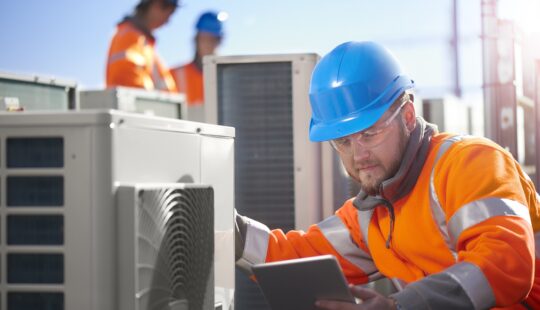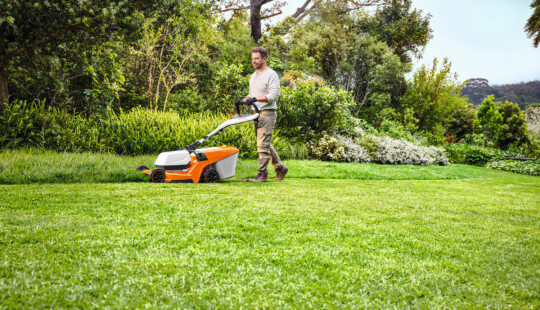What’s News
On February 4, the U.S. military shot down a balloon suspected of being used by China to spy on the United States. The balloon had been flying across the U.S. for days before it was downed. At least three more suspected balloons were shot down by the U.S. and Canadian governments in the days that followed. Meanwhile, the Chinese government has insisted that the original balloon was a weather balloon that veered off course.
SAP’s Take
That leaves open the question: In the age of satellites and drones, what part do balloons play in understanding and predicting weather?
“Satellites really survey the middle part of the Earth, not the top ends,” said Torsten Welte, SAP global vice president and head of the aerospace & defense industry business unit.
Balloons, on the other hand, can capture information on the Arctic and Antarctica. “Sometimes you want to see how big the ice is, or ice movements. [For that] you have to have some pictures and data from a balloon at that spot,” Welte explained.
Weather balloons can capture information about air flows and temperatures on the ground and the ocean and go back to the early 1950s during the Cold War. The cameras and sensors used to track weather and collect geological information were easily used for espionage.
Using the old technology is precisely why the balloons are so effective for spying today, Welte said. “It was something that the military was not really looking out for because they thought the technology was far too old. Very often we’re so focused on identifying new technology that going back to low tech beats the high tech.”
Weather balloons today are used mostly for research at the poles. Balloons are not steerable, but they can purposely slip into a particular air current. Most weather information comes from satellites, including Europe’s Copernicus program, which uses 30 satellites to help understand climate change.
Weather information today is a conglomeration of various sources of data, from satellites to balloons that are often the size of one or several trucks. This weather information has a myriad of users, including drink makers, who use it to try to anticipate how thirsty consumers in a particular area will get.
“You can take all this satellite information and incorporate it into your forecast and your business operations and plan accordingly,” Welte said.
It’s also used in weather apps. Using some of that weather information plus their ground observations, can help farmers efficiently plant seeds, use the correct amount of water and fertilizer and the gauge the right time to harvest. “That advice is based on weather information that’s coming down to agriculture,” said Welte.
Contact:
Ilaina Jonas, Senior Director of Global Public Relations, SAP
+1 (646) 923-2834, ilaina.jonas@sap.com



